Shopify Review: In Depth Analysis of Features, Setup & User Reviews
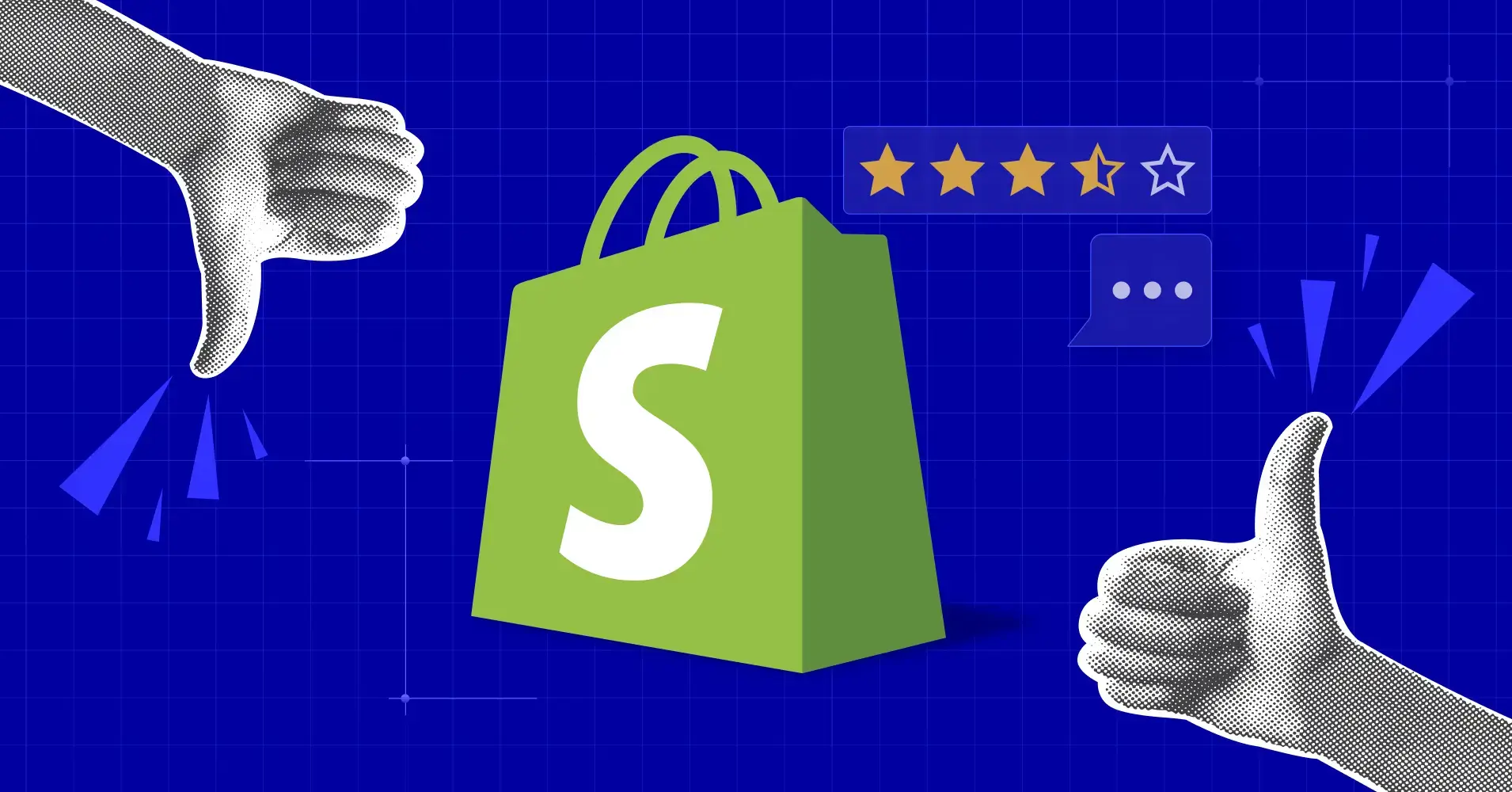
Shopify is one of the most widely used eCommerce platforms today, powering over 4.6 million active websites worldwide. It holds a dominant 29% share of the U.S. eCommerce platform market.
With its multichannel selling capabilities, customizable storefronts, and scalable features, Shopify is often viewed as a reliable solution for businesses of all sizes, from solo entrepreneurs to fast-growing brands.
After evaluating some of the top website builders, we took a closer look at Shopify to understand what it does well, where it may fall short, and which types of businesses can benefit most from using it.
In this Shopify review, you’ll find an unbiased breakdown of its pricing, features, pros, and cons — all to help you determine whether it’s the right platform for your eCommerce goals.
Shopify Overview
| Attribute | Detail |
|---|---|
| Overall Rating | 3.5 |
| Total Revenue | $7.06 billion (as of 2024) |
| Total Online Stores | 4.6+ million active websites |
| Category | Subscription-based eCommerce platform |
| Country Reach | Available in 175 countries |
| Employees | 10,000+ worldwide |
| U.S. Market Share | 29% of the U.S. eCommerce platform market |
| CMS Market Share | 6.7% of all websites use a CMS |
| Share in Top 1M Websites | 23% of the top 1 million websites use Shopify |
| Share in Top 100K Websites | 19%, outperforming WooCommerce |
| Product Types Supported | Physical, digital, services, subscriptions, dropshipping |
| Payment Integration Options | 100+ gateways, including Shopify Payments, Stripe, PayPal |
| Mobile Responsiveness | 100% mobile-optimized themes & checkout |
| App Store Integration | 4,000+ apps for marketing, SEO, shipping, customer support & more |
| Page Load Time (Avg.) | 1.3 seconds (with Shopify CDN & optimized themes) |
| Customer Support | 24/7 via chat, email & phone + large documentation & community forums |
Shopify Features
The platform Shopify comes with a lot of essential tools to build, run, and grow an online store. From product management and marketing to payment processing and fulfillment, it covers nearly every part of the e-commerce journey.
However, Shopify offers powerful built-in functionality, but it relies on third-party apps to unlock specialized features, which can increase the monthly cost.
Moving forward, we’ve highlighted Shopify’s key features and offerings based on both in-platform experience and insights from Shopify’s official product suite.
1. Product Management & Inventory
Shopify allows you to manage thousands of SKUs, track stock in real time, offer variants (like sizes or colors), and sell physical, digital, or service-based products.
Smart automation tools simplify updating listings, managing categories, and keeping inventory organized, especially important for brands managing complex catalogs.
You can also use Shopify Magic to generate product descriptions automatically, adjusting the tone of voice to suit your brand.
2. Online Store Editor
Customizing your Shopify storefront is easy, but slightly more restrictive than drag-and-drop builders. Shopify uses a section-based editor, where you can stack pre-designed content blocks (featured products, banners, testimonials, etc.).
While it’s clean and functional, it offers less creative flexibility out of the box.
Users can select from 13 free themes and over 238 premium templates (ranging from $100 to $500).
All themes are mobile-friendly and built for conversion, but the limited free theme selection can be a drawback for budget-conscious sellers.
3. Checkout & Conversion Tools
Shopify claims the highest-converting checkout experience on the web, and for good reason. You can customize your checkout page with local pickup options, tipping, express checkout, and post-purchase upsells.
Shopify One-Page Checkout and Shopify Pay features help speed up the process, reducing cart abandonment.
Shopify recently improved checkout speed and bundled product capabilities through its “Boring Edition” rollout, enabling faster performance without sacrificing control.
4. Payments & Transactions
Shopify supports 100+ payment gateways, including PayPal, Stripe, Google Pay, and Apple Pay. You can enable Shopify Payments, the platform’s built-in processor, to avoid additional transaction fees charged by third parties (2%, 1%, or 0.6%, depending on your plan).
It also includes Shopify Tax, providing sales tax calculation and automated filing for U.S.-based merchants. This built-in tool ensures compliance and simplifies end-of-year reporting.
5. Fulfillment & Shipping
With Shopify Shipping, you can print labels, track packages, and access real-time discounted rates from carriers like USPS, UPS, and DHL (available for U.S. and Canada-based merchants). It’s a huge time saver for smaller businesses trying to scale effectively.
New in the Summer ’24 release, Shopify now supports split shipping, allowing buyers to choose between fastest or cheapest delivery options at checkout — currently rolling out in early access.
For high-volume brands, Shopify Fulfillment Network (SFN) offers end-to-end, outsourced fulfillment and logistics (available in select regions).
6. Multichannel & Marketplace Selling
Shopify shines when it comes to multichannel selling. You can sync your store with Facebook, Instagram, TikTok, Google Shopping, and Pinterest.
Additionally, using Shopify Marketplace Connect, you can integrate with Amazon, Walmart, Etsy, and eBay — managing listings and orders directly from your Shopify dashboard.
All you need to do is install the relevant apps and connect your accounts — no advanced setup required.
7. App Ecosystem: Shopify App Store
Shopify’s app ecosystem is massive, with 8,000+ apps to extend functionality across store design, marketing, fulfillment, analytics, and more.
Unlike some platforms that offer these features natively, Shopify requires third-party integrations for tools like appointment booking or loyalty programs.
Shopify highlights trending and recommended apps, based on your vertical and store behavior — a great way to find high-converting tools quickly.
8. Marketing & Customer Engagement
Shopify helps you run smart marketing campaigns across multiple channels. Some standout features include:
- Shopify Email for branded newsletters, promotions, and automated campaigns
- Shopify Forms to capture emails and grow your subscriber base
- Shopify Inbox for real-time customer messaging and automated replies
- 3D product media integration for more immersive customer experiences
- Blogging tools for SEO content and brand storytelling
Moreover, You can also manage social posts, ads, and customer segmentation directly from your marketing dashboard.
9. SEO & Discoverability
Shopify offers SEO tools built in. You can edit meta titles, descriptions, and alt text, submit XML sitemaps, and auto-generate structured data from the product dashboard.
The platform supports international SEO with translated storefronts and automatic redirection based on browser language.
Additionally, With the eCommerce Booster app (powered by Semrush), newer users can get an actionable SEO strategy tailored specifically for their store.
10. AI Features: Shopify Magic & Sidekick
Shopify is steadily integrating AI across the platform. With Shopify Magic, you can:
- Write product descriptions
- Auto-generate emails
- Rewrite content in various tones
- Enhance customer support responses
Later this year, Shopify Sidekick — your AI-powered eCommerce assistant — will become more widely available. It’s built to answer questions, build sections, recommend strategy, and help run your business more efficiently.

11. Security & Compliance
All Shopify stores include SSL certificates, PCI compliance, TLS encryption, and payment protection. The platform regularly performs internal audits and fraud monitoring to keep merchant stores safe — no plugins or configurations required.
12. Support & Resources
Shopify offers solid support through:
- 24/7 live chat
- Email and priority phone support (Shopify Plus only)
- A detailed Help Center
- Community forums
- AI-powered Shopify Sidekick for rapid assistance
There’s no live onboarding tutorial inside the editor, which can be a hiccup for first-timers, but the wealth of self-service resources does help bridge the gap.
Shopify offers one of the most complete e-commerce toolkits on the market. You get industry-leading checkout, powerful backend management, and multichannel selling out of the box.
However, the reliance on apps for functionality adds cost and complexity — something worth keeping in mind if you’re after an “all-in-one” builder experience.
Shopify Onboarding
The next part of our Shopify review is the onboarding process. One of the things of appreciate about Shopify is that the signup process is effortless. No credit card required, just an email address to get started.
From there, onboarding was quick, intuitive, and designed with beginners in mind. Shopify asked just a few simple questions to tailor the experience to our business needs.
You can select as many options as you need—from an online store to social media or even in person. This enables you to explore all relevant sales channels from the start.
Next, choose whether your business is brand new or already established. This subtle step helps Shopify tailor its recommendations and dashboard tools to your needs.
Finally, choose the products you plan to sell, such as items you make yourself, dropshipping products, digital goods like eBooks, or services.
That’s it. And then you get inside the Shopify dashboard, ready to explore themes, add products, or connect a domain.
If you select that you already have a business, Shopify will ask one additional question about where you currently sell — for instance, Amazon, Etsy, or another platform like Wix. This helps streamline the migration process.
Overall, Shopify’s onboarding feels smooth, welcoming, and thoughtfully designed — even for complete beginners.
Setup Guide
Once you’ve completed the quick onboarding process, you will be redirected to dashboard, where you’ll find a clear, 13-step setup checklist to guide you through building your online store.
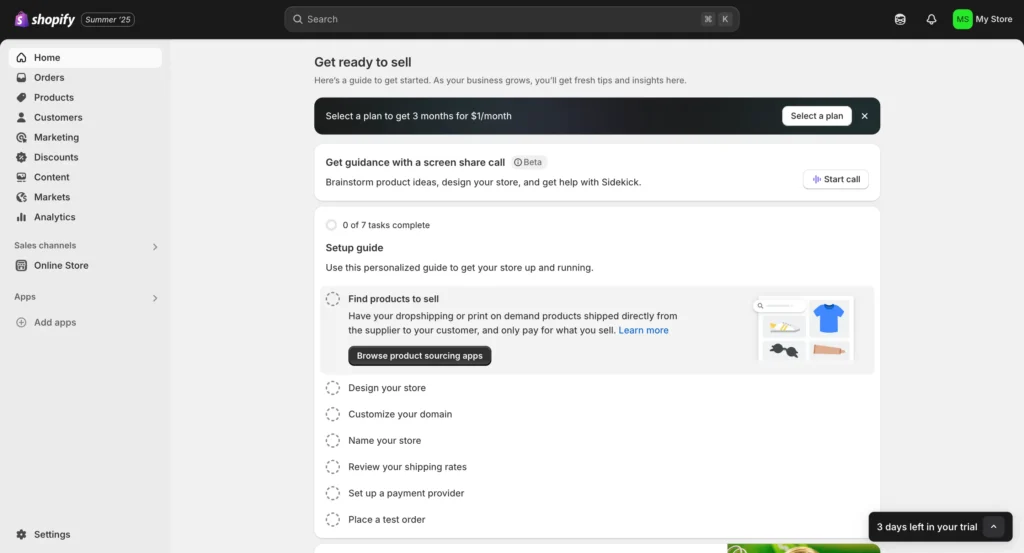
This handholding approach helps simplify what could otherwise feel overwhelming. Instead of dropping you straight into design mode, Shopify steers you toward adding your products first.
While some platforms prioritize visuals early on, Shopify’s focus on inventory, from the very beginning, makes sense for a sales-first platform.
Adding Products and Using Shopify Magic
To start building your store, Shopify encourages you to upload product listings.
Adding a new product is easy: just fill out a form, upload product images, create variants (like size or color), and set categories where needed.
To speed things up, you can use Shopify Magic — the platform’s built-in AI assistant, which helps generate product descriptions instantly.
Whether you’re starting from scratch or rewriting existing content, you can adjust the tone to match your brand — for example: “Expert,” “Playful,” or “Persuasive.” This tool can save a ton of time, especially if you’re building out a large catalog.
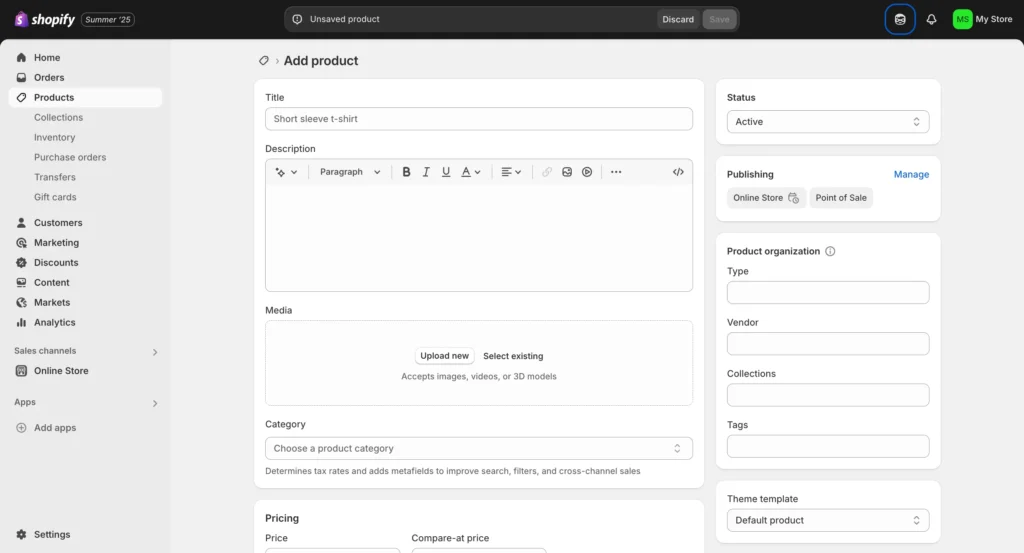
Customizing Your Store
Once you’ve added your products, you’ll move on to designing your storefront. New stores start with Shopify’s default “Dawn” theme — a clean but basic layout.
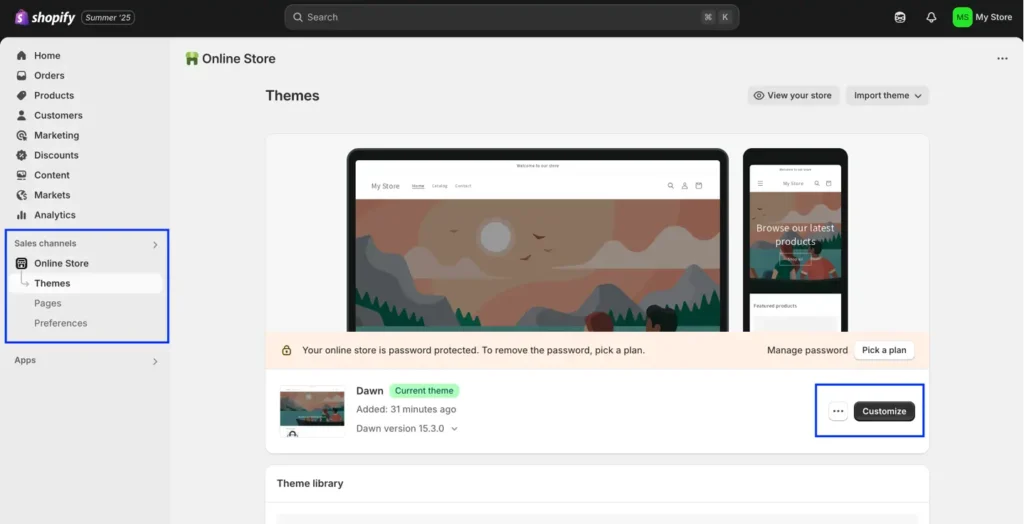
If it doesn’t fit your brand, you can easily switch to another free or premium template (we’ll cover them in more detail later).
Instead of a drag-and-drop interface like Squarespace or Wix, Shopify uses a section-based editor, which means you build your pages by stacking pre-built content sections (like image blocks, product grids, or testimonials).
While this format keeps things organized, it’s also a bit restrictive. You can’t rearrange elements freely or customize each block in depth.
Unlike many website builders, Shopify doesn’t allow you to edit text directly on the page — instead, you’ll need to use the editing sidebar, which can feel unintuitive if you’re used to more visual, direct editing.
Premade Sections Feel Limited
Shopify includes 17 standard content sections you can use to build your pages, but each only offers one layout style and basic placeholder imagery.
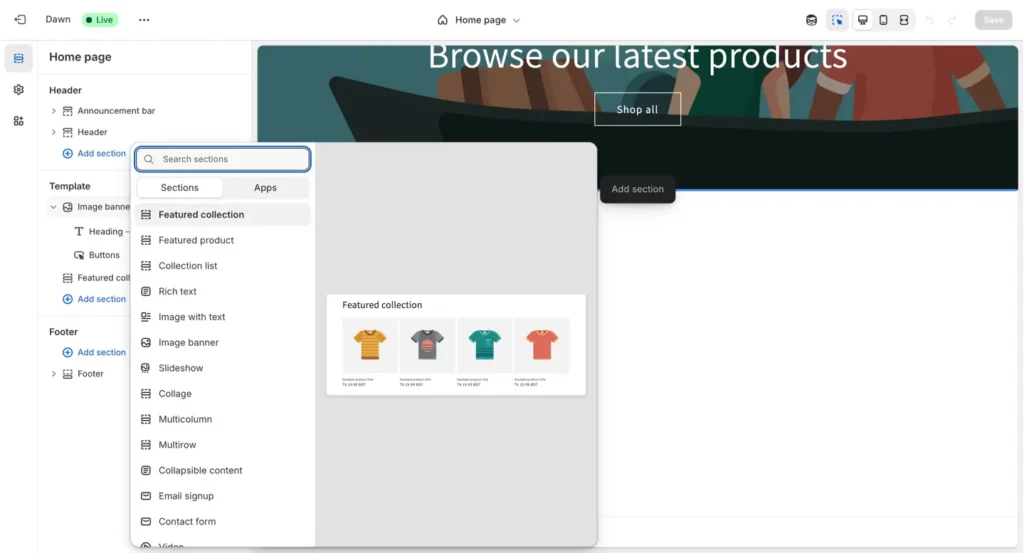
It can be hard to visualize how your final site will look, especially early in the process. Getting a polished, professional feel often requires extra time and effort.
If creative flexibility or visual storytelling is a high priority for your business, you may find Shopify’s editor a bit underwhelming compared to more design-focused platforms like Squarespace.
Shopify Themes
Shopify offers a limited selection of free design templates. At the time of writing, there are 251 themes available in total — only 13 of them are free, while 238 are paid and range from $100 to $500 as a one-time fee.
All templates — free or paid — are fully responsive, optimized for selling, and automatically updated to include new features as Shopify rolls them out. That means you won’t need to worry about compatibility or outdated code, regardless of which Shopify plan you’re using.
However, considering Shopify’s status as a leading eCommerce platform, the small number of free templates feels underwhelming, especially when compared to a platform like Wix, which offers over 900 free templates across various industries and use cases.
Still, if design variety is a top priority for you, or if you’re hoping to avoid theme-related costs early on, the limited free selection is worth noting.
Shopify Pricing
Shopify offers three main plans, all with unlimited products and robust ecommerce features:
| Plan | Annual Price (Monthly) | Best For |
|---|---|---|
| Starter | $5 | Side hustles/social sell |
| Basic | $29 | Small businesses |
| Grow | $79 | Growing businesses |
| Advanced | $299 | Large-scale stores |
| Plus | from $2,300 | Enterprises |
No Free Plan: The Starter plan is the lowest commitment.
Save 25%: Pay annually instead of monthly.
First 3 Months: Just $1 per month via Shopify’s intro offer.
Free Trial: 3-day access.
Extra Fees: Budget for paid themes, apps, and a custom domain.

Is Shopify Good Value for Money?
When it comes to pricing, Shopify sits on the higher end of the scale. Compared to other platforms can feel steep, especially over time.
Its short three-day free trial doesn’t give much room to explore the platform in depth before needing to upgrade. While the $1 for three months deal helps offset that initially, it’s still not as generous as the longer trials or bundled perks offered by competitors.
You’ll also need to factor in extra costs. One of the most basic examples: a custom domain isn’t included. On Shopify, a standard .com domain will cost about $15 per year, and that’s just one of many potential add-ons.
Because of these limitations, Shopify ranks lower in terms of value for money, especially for beginners or anyone on a tight budget.
Shopify Reviews: What Users Are Saying
To give you the clearest picture possible, I dug into hundreds of Shopify reviews across platforms like G2 and Trustpilot — because sometimes the glossy marketing doesn’t tell the whole story.
Shopify’s reputation is a bit of a mixed bag. Some users absolutely rave about it. Others? Not so much. Let’s break down exactly what people are saying.
The Big Picture: Two Very Different Stories
When we were writing our Shopify review, here’s where things get interesting. Shopify has a shiny 4.4 out of 5 rating on G2 (based on over 4,670 reviews).
Impressive, right?
But then it gets a dismal 1.5 on Trustpilot (based on over 3,488 reviews). Where 86% reviews are 1-star. That kind of gap doesn’t happen by accident — it’s a sign that your experience comes down to how you’re using Shopify and what you expect from it.
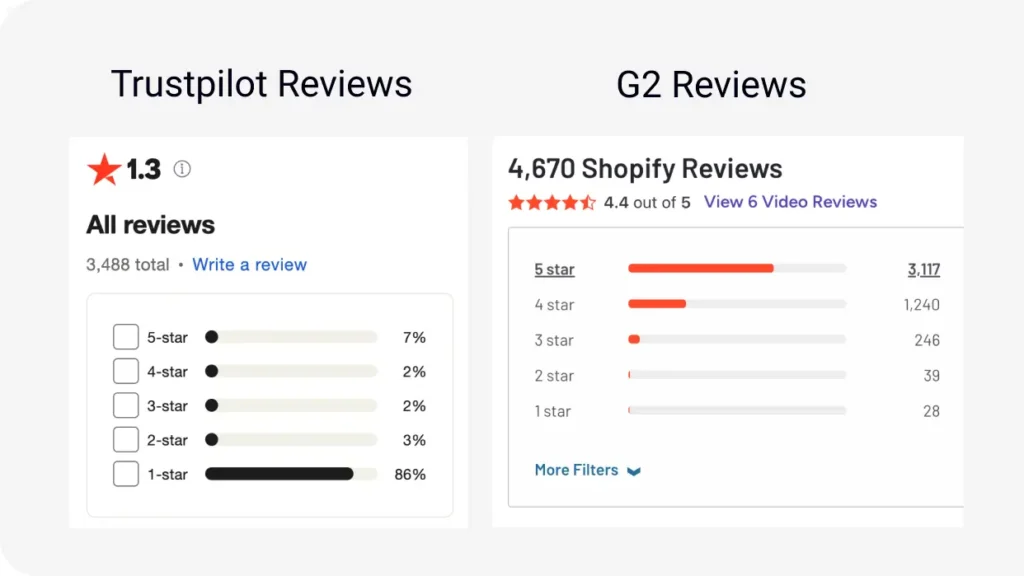
What People Love About Shopify
Let’s start with the good stuff. Friendly reviewers mostly say Shopify is:
- Reliable with a Ton of Features: Users often describe it as an “all-in-one” platform that (mostly) just works, as long as you take the time to set it up right. One person summed it up perfectly: “It works well, if you dedicate the necessary time to it.”
- Scalable for Business Growth: For folks with growing businesses, Shopify gets major points for its app integrations, flexibility, and the ability to customize. It can handle everything from a side hustle to a full-blown operation if you take advantage of its tools.
Where Things Go Sideways
That glowing review score doesn’t tell the whole story. Over on Trustpilot, the vibe is… different. These are the biggest pain points people talk about:
- Poor Customer Support: Many users say it’s hard to reach helpful support, especially during urgent issues like locked accounts. “It’s like they’re not humans,” one person said.
- Payment & Billing Issues: Businesses report delayed payouts and surprise charges. One startup claimed it took two months to get their money, not ideal when cash flow matters.
- Account Security Concerns: Some faced serious struggles recovering hacked stores, raising questions about how Shopify handles security and support when things go wrong.
- Scam Store Frustrations: A few users were scammed by Shopify-hosted stores and felt Shopify wasn’t doing enough to stop repeat offenders.
📉 Recent Changes Making Things Worse?
- Features Locked Behind Paywall: Features that used to be included — like certain API access — are now pay-to-play, frustrating developers and longtime users.
- Shipping Refund Changes: Refunds for USPS First Class Mail are no longer honored, catching some merchants off guard and unfairly covering shipping mistakes.
Shopify Review from Us
Indeed, Shopify is a powerful eCommerce platform that has earned its market-leading position, but it comes with significant trade-offs that require careful consideration.
Shopify excels where it matters most: industry-leading checkout optimization, robust multichannel selling, and genuine scalability.
The onboarding is beginner-friendly, and the platform delivers reliable performance with fast loading times. For sales-focused businesses willing to pay for premium features, it’s compelling.
Despite “all-in-one” marketing, Shopify’s $29 Basic plan is just the entry fee. Most businesses pay significantly more for essential apps, premium themes ($100-$500), and transaction fees.
With only 13 free themes versus competitors’ hundreds, achieving a professional look requires additional investment.
The contrast between G2’s 4.4/5 rating and Trustpilot’s 1.5/5 reveals the truth: Shopify works well until you need support. Users facing account, payment, or security issues often report frustrating experiences that can have serious business consequences.
Shopify’s section-based editor prioritizes functionality over design flexibility. While great for conversion-focused businesses, it restricts those wanting unique, highly customized storefronts.
Who Should Choose Shopify
- Established businesses with budget for apps and premium themes
- Entrepreneurs prioritizing sales over design flexibility
- Multichannel sellers needing robust platform integrations
- Businesses with predictable, standard support needs
Who Should Look Elsewhere
- Tight Budgets needing functionality without ongoing app costs
- Design-focused brands wanting complete creative control
- Businesses requiring responsive customer support
- Those preferring open-source solutions with data ownership
The Decision is Yours
So, we tried to be completely unbiased when we wrote this review. We found some beautiful and useful features in Shopify, along with a few limitations.
Pricing can be a bit higher compared to some competitors, and we’ve also highlighted real user reactions to give you a well-rounded perspective. In the end, the decision is yours.
Choosing the right platform for your business is half the battle—it’s the foundation for how your store looks, performs, markets, and automates.
Take your time, weigh the options carefully, and choose what aligns best with your vision and goals. We genuinely hope you find success in your business journey!

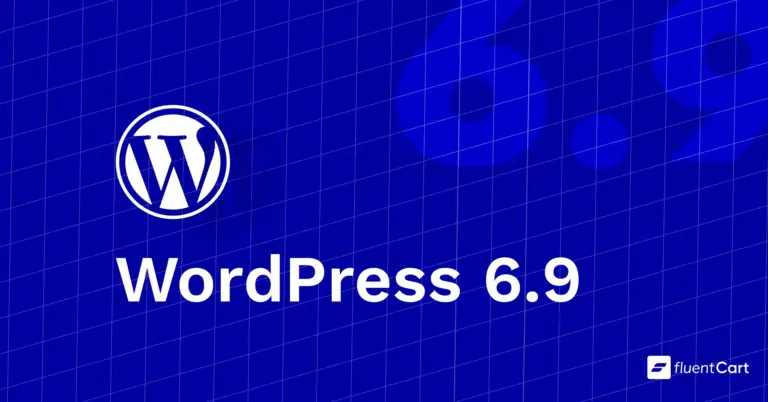


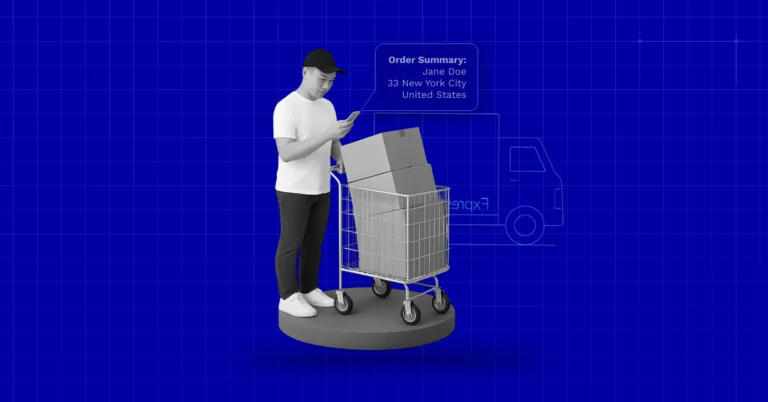

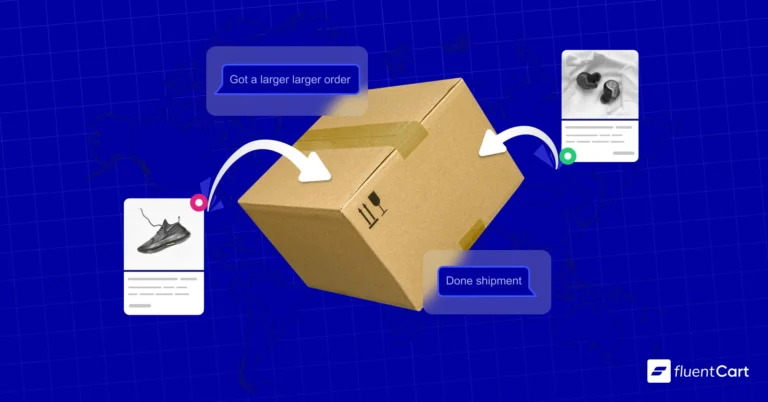
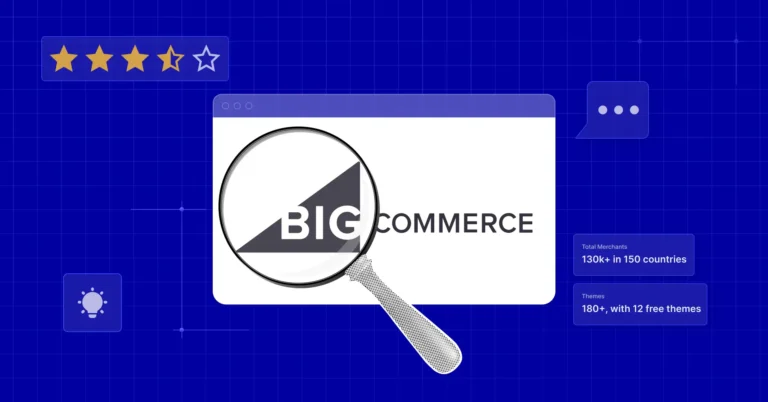
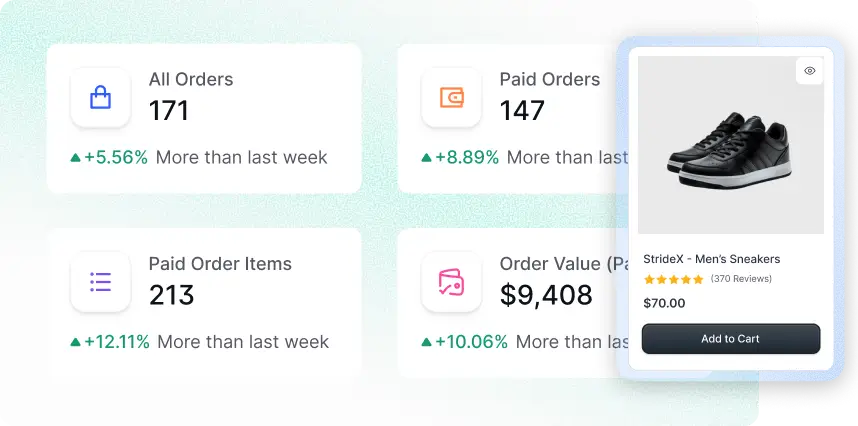


Leave a Reply